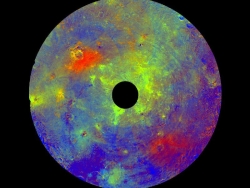When I appear on radio and am talking about climate change, I often get the same questions over and over.
- Is the climate warming?
- If so, is human behavior an important factor for causing that warming?
- How much does the sun influence climate change?
- Is the ozone hole linked to climate change?
The truth is that, right now, no one can really answer any of these questions with any certainty. While a large majority of climate scientists might be convinced the Earth is warming and that human activity is causing this warming, the public has great doubts about these claims, partly because of the untrustworthy behavior of many of these climate scientists and partly because the science itself is often confusing.
We simply don’t yet have enough data. Worse, much of the data we do have is tainted, unreliable because of the misconduct and political activism of the very climate scientists who are trying to prove the case for man-made global warming.
Two new papers, published today in Geophysical Research Letters, add some interesting but small data points to this whole subject.
» Read more

